Whether women feel safe in the workplace has become an important topic in recent times as sexual harassment in the workplace is a shockingly common experience.
What is sexual harassment? Sexual harassment is unwanted behaviour of a sexual nature, for example:
- indecent comments or remarks whether in person or digitally
- unwelcome touching such as groping, kissing or hugging
- requests or demands for sexual favours
- questions about your sex life
- inappropriate comments about your body or clothing

A Common Problem
More than half of women surveyed by the TUC & the Everyday Sexism project had experienced sexual harassment in the workplace.
A survey by the law firm Slater Gordon found nearly half of those surveyed were “warned to expect inappropriate behaviour from particular colleagues when they started their job.”
“On my last day at work, a colleague told me that his biggest regret was that he didn’t get the chance to rape me in the store room before I left. For months I had been scared to go into that room on my own because he always said things like, ‘I’m coming to get you’ and ‘don’t go in there alone, I’ll jump on you.’”
Testimony submitted to the Everyday Sexism project
Under-Reported
Four out of five women in the TUC survey didn’t report sexual harassment to their employer. In the Slater Gordon survey, only 27% of respondents felt they could report the behaviour.
Why is sexual harassment in the workplace underreported? Women who took part in the TUC survey were worried that they would be seen as humourless if they reported their experience of sexual harassment to their employer.
“On a night out, I stood in a crowd of male colleagues who were considerably older than me (I was 19) when one of the interrupted me by leaning through the circle and touching my boob while the rest laughed. Not one of them said anything or even seemed to think it was wrong.”
Testimony submitted to the Everyday Sexism project
Male-Dominated Workplaces
Women who work in male-dominated workplaces are more likely to experience sexual harassment according to European Commission research. The TUC report states this is supported by anecdotal evidence from unions, especially where men are in positions of power and women are in more junior roles.
“Went to HR about sexist and flirty CEO. Told to put up with it as I’m ‘young and pretty and they’re men, what do you expect?’”
Testimony submitted to the Everyday Sexism project
Recommendations for Employers
The TUC study recommends several steps employers can take to tackle sexual harassment and make women feel safe in the workplace.
Training
All managers and the HR department should receive training on sexual harassment. This includes relevant laws, definitions of sexual harassment and how to respond when a worker reports a case of sexual harassment in the workplace.
Clear Policies
Policies should be drawn up that have a zero-tolerance approach to sexual harassment. Policies should include the use of social media and all other digital forms of sexual harassment such as emails and text messages.
Implementation and Enforcement of Policies
The findings of the surveys indicated that many employers either dismiss reports of sexual harassment or the behaviour gets worse after reporting it.
Rather than fail to act, employers have a responsibility to the safety of their workers to take all reports of sexual harassment seriously. Without this, the problem will continue to be underreported.
Part of implementing these policies should include making sure all employees are aware of the policies, the procedures on reporting sexual harassment and their rights and responsibilities.
Are you an employer? Now you know whether women feel safe in the workplace, are you going to implement the recommendations in your organisation?
Contact 2i Recruit
